|
|
|||
|
(Back to Preceding Week; on to Next Week) |
|
|
|
HURRICANE HUGO AT HILTON POND:
For several days during the third week of September 1989 we were glued to TV reports, watching the advance of what weather gurus were predicting would be one of the most massive hurricanes ever to hit the eastern U.S. This storm--known as Hugo (see map above)--passed over Puerto Rico on 18 September, lost a little strength, and then regained ominous intensity as it made a bee-line for the South Carolina coast. By the time Hugo's outer rings made landfall at Charleston at 2:44 p.m. on 21 September the storm was packing sustained winds of at least 138 mph--a Class IV event well above the 73 mph minimum to be classified a hurricane. About 14 hours later in predawn darkness, the eye of Hugo--its winds now reduced to "mere" Class I force at 80 mph--passed directly over western York County SC and our old farmhouse at Hilton Pond Center. Back then we wrote about Hurricane Hugo in our "Piedmont Naturalist" newspaper column and took photos of Hilton Pond right after the storm had passed. We reprise that article below in lightly edited format and include a few images that show how much--or how little--some things have changed at the Center in 20 years since our devastating "storm of the century."
HUGO At first light on the morning of 22 September we ventured out to see what Hurricane Hugo had done overnight to our nature sanctuary at Hilton Pond. All night the Hilton family--Bill Jr., wife Susan, and sons Billy III (age 11) and Garry (age 3.5)--had listened to wind whistle wildly through the trees and pelt our home with leaves and sticks. We never doubted this circa-1919 farmhouse would withstand anything the storm had to offer but wondered whether local flora and fauna would fare as well.
All text & photos © Hilton Pond Center Outside at dawn on the morning after we were greeted by dark skies, gusty winds, and scattered rainfall, but we breathed a deep sigh of relief for ourselves and our insurance agent when a quick check of the farmhouse (winter 1982 photo, above) showed no damage to roof, siding, or windows. While the east-facing front porch was filled with wind-blown debris--nothing that couldn’t be fixed with a push broom--the yard was quite another matter. Our front lawn was littered with leaves, branches of all sizes, and thousands of hickory nuts and acorns. The old persimmon tree by the upper front gate stood tall and unravaged, but the wind hadn't left any of its puckery fruits we grudgingly shared with neighborhood ‘possums in previous years. The south side of the yard showed extensive damage: A stately hundred-year-old Eastern Red Cedar tree more than 60 feet tall had blown straight over, its roots forming a huge tip-up mound of Carolina red clay and topsoil. Not far away a partly hollow Post Oak suffered the same fate but had at least fallen near the firewood pile to which it would soon be a donor. This oak also fell on our propane gas tank; fortunately, it didn't cause a leak or a potentially catastrophic explosion, but the tank did need replacing. Near the kitchen window a sizable Chinese Chestnut tree had been turned into a pretzel, its brittle wood offering no resistance to 80-mph gusts. We mourned the loss of these venerable trees but took solace in finding all of them had fallen away from the house. We were also very grateful the stately 150-year-old White Oak by the pond made it through the night unscathed. As we tried to circumnavigate Hilton Pond itself the morning after we were thwarted by trees across the trails. The only Box Elder tree on our 11 acres had been thrust ten feet into the air atop another tip-up mound formed by a flattened Southern Red Oak on the pond edge, Despite extensive damage to--or complete destruction of--several older trees, we were amazed how well our local plants and animals withstood the hurricane. Mid-September is the beginning of songbird migration in the Carolina Piedmont, and a post-Hugo wave of migrants swept across our property shortly after dawn. In the same small thicket we saw Summer Tanagers and White-eyed Vireos, plus American Redstarts and several other warblers--Palm, Prothonotary, Blue-winged, Prairie, Magnolia, and Black-and-white--all gobbling caterpillars in a post-hurricane frenzy that would give them energy to migrate further. They were joined by Eastern Bluebirds, Eastern Towhees, and Northern Cardinals--resident birds that seemed to celebrate having survived a wild and woolly night.
All text & photos © Hilton Pond Center Even though some big trees were down, none of our dozen or so hummingbird feeders had fallen or even leaked much sugar water. Just the same, we were incredulous to spot one, two, and then three Ruby-throated Hummingbirds (juvenile male, above) preening and lapping juice from the feeders. Where had these three-gram feather fluffs spent the night? How could they have survived Hugo’s onslaught? We bet the 1,200-mile migration to Mexico or Central America will be a piece of cake compared to riding out a major hurricane at York.
All text & photos © Hilton Pond Center Along the nature trails we started several new brushpiles--one positive outcome of all that deadfall. Many small mammals and birds use such piles for nesting or winter shelter, and we secretly wished every homeowner in the state would follow our lead and build at least one post-Hugo brushpile as a natural condominium. Near a fallen limb we encountered another active animal--a male Eastern Box Turtle (above) munching on a large mushroom. Working in light rain to clear the trail, we thought about the box turtle’s portable house. This red-eyed reptile was far better prepared for storms than a hummingbird; short of having a tree fall on him, the turtle’s hard shell made him essentially impervious to the worst of Hurricane Hugo’s punishing weather.
All text & photos © Hilton Pond Center Later in the day the skies cleared a little and through the trees we caught a glimpse of a white bird circling high overhead. We ran into a field across the road from Hilton Pond Center for a better view (with camera but sans binoculars) and were surprised to see against an open patch of blue sky a Caspian Tern (above)--a bird typically encountered along the coast rather than here in the Piedmont. The tern could have been a migrant (likely not, this far inland), or it could have gotten caught on the front edge of Hugo as it moved toward shore. After all, what’s a seabird to do when 138 mph winds are pushing it on? Over the next few days there undoubtedly will be (and were) many Piedmont sightings of coastal birds--evidence of the power of the hurricane named Hugo. At the height of the storm at Hilton Pond, the four of us Hiltons huddled around an appropriately-named hurricane lantern and listened to the roar outside; we later admitted we couldn’t imagine what weather must have been like at Charleston when the Carolina Lowcountry felt Hugo’s full strength. Now that this cataclysmic event is over, we're grateful hurricane impact on us and our nature preserve was diluted by the storm's 150-mile overland journey, and we’re glad once again to live at York in the Piedmont instead of in the Coastal Plain. All text & photos © Hilton Pond Center HUGO 20th ANNIVERSARY
All text & photos © Hilton Pond Center Two decades after Hurricane Hugo, the Hilton Pond farmhouse--now 90 years old--still stands strong. Wind from a much smaller storm ten years back damaged the car port and required us to reconfigure the roofline, but other than that the dwelling looks much the same as it did in 1989. (As shown, there is a LOT more new vegetation around the house, an indicator of our laissez-faire philosophy of land management.) We don't know how our home would have fared under Hugo's maximum winds of more than 135 mph on the Carolina coast, but it served us well here in the Piedmont where gusts had dropped to 80 mph or so.
All text & photos © Hilton Pond Center A massive Eastern Red Cedar (above), which towered more than 60 feet near the old farmhouse at Hilton Pond Center, blew over in Hurricane Hugo's gale force winds. This year on Hugo's 20th anniversary the cedar still lies on the ground, almost unchanged except for loss of bark. That the main log shows very little rot after two decades is testimony to the preservative capabilities of aromatic oils that infiltrate cedar wood. When it fell, the cedar's roots formed a large tip-up mound--mostly made of red clay but on which all sorts of plants have found safe haven through the years, from mosses and ferns to vines and seedlings that are becoming saplings. (We regret that despite hours of searching we were unable to find all the slides we took the morning after the hurricane in 1989. They would have made for some nice comparisons, so we'll keep looking.)
All text & photos © Hilton Pond Center The big Eastern Red Cedar's main trunk was straight and almost 30 feet long. (As shown above, it fell AWAY from the house during the storm, for which we have always been most grateful) We had hoped to have the trunk cut into planks with which we could build some furniture, but the sawmill refused to handle it because of embedded nails and electrical insulators. Eventually we removed the top third of the tree and cut its limbs into pieces we formed into a near-permanent brush pile. The sections in the foreground are each 28" long and about 20" across; like the rest of the trunk, they show little decay after 20 years.
All text & photos © Hilton Pond Center A two-foot-diameter Southern Red Oak near the earthen dam that forms Hilton Pond hasn't lasted nearly as well as the Eastern Red Cedar. It, too, formed a tip-up mound when Hurricane Hugo blew it down (see foreground above), but nearly all its roots and trunk wood have rotted away during the past 20 years. Virginia Creeper and Blackberries have found a home among the decomposing wood.
All text & photos © Hilton Pond Center Marking the spot where the oak once stood by Hilton Pond is an still-legible sign provided us 25 years ago by John Cely, then a nongame biologist with the South Carolina Wildlife & Marine Resources Department (now Department of Natural Resources). We nailed the sign to the trunk of the oak when still standing to announce our long-term bird banding program ought not be disturbed, and we leave it where it lies as a reminder of the wrath of Hurricane Hugo.
All text & photos © Hilton Pond Center The one other really large tree we lost to Hugo at Hilton Pond Center was a magnificent three-foot-diameter Post Oak that stood near our firewood pile and propane gas tank. After it fell we removed the branches and chainsawed the trunk into two-foot sections, intending to split them into smaller pieces for the woodstove. Those were the days before we had a hydraulic splitter and try as we might, we just didn't have the arm and back strength to split the wood with sledge and wedge. Now, 20 years after Hurricane Hugo, the sections still sit near the firewood pile, slowly getting smaller as beetles, termites, and fungi perform their important role as decomposers. All text & photos © Hilton Pond Center POSTSCRIPT #1: In 1989--after our third day post-Hugo without power--the Hilton family went off to Greenville SC to stay with wife Susan's parents Norma and Heyward Ballard, who were kind enough to take us in. A week later when we returned to York there was STILL no electricity; in fact, Hilton Pond Center was one of the last places in York County SC to have power restored. We didn't complain about the inconvenience, however, for many people who had lost homes were far worse off. The Palmetto State took an estimated billion-dollar hit from Hugo, but only 35 deaths across South Carolina could be attributed directly or indirectly to the storm--phenomenal in a state with a 1988 population of almost 3.5 million people.
All text & photos © Hilton Pond Center POSTSCRIPT #2: As Hurricane Hugo left the Carolinas in Septmber 1989 the storm rumbled north through West Virginia, extreme western Pennsylvania and New York, and then northeastward up the St. Lawrence River Valley before finally petering out in the North Atlantic. Almost two weeks after Hugo paralyzed Hilton Pond Center we, too, traveled north with old friend and student Russell Rogers. En route we stopped off at Spruce Knob (above)--the highest point in West Virginia at 4,861 feet. We were amazed this far north AND inland to find trees still down along the road up the mountain--testimony that even after being downgraded from a Class V hurricane to a tropical storm ol' Hugo was still packing quite a wallop in the West Virginia Hills. All text & photos © Hilton Pond Center
Comments or questions about this week's installment?
Thanks to the following fine folks for recent gifts in support of Hilton Pond Center for Piedmont Natural History and/or Operation RubyThroat: The Hummingbird Project. Your tax-deductible contributions allow us to continue writing, photographing, and sharing "This Week at Hilton Pond." (Please see Support if you'd like to make a gift of your own. You can also contribute by ordering an Operation RubyThroat T-shirt.)
Using Network for Good via Facebook's "Causes," the following individuals this week made contributions totalling $393 to "Help the Hummingbirds" in honor of Bill Hilton Jr.'s 63rd birthday. (You can, too, by going to Facebook.)
"This Week at Hilton Pond" is written & photographed You may wish to consult our Index of all nature topics covered since February 2000. You can also use our on-line Hilton Pond Search Engine at the bottom of this page. For a free, non-fattening, on-line subscription to |
|
Make direct donations on-line via
Network for Good: |
|
|
Use your PayPal account
to make direct donations: |
|
|
If you like to shop on-line please become a member of iGive, through which more than 750 on-line stores from Amazon to Barnes & Noble, L.L. Bean to Lands' End--and even iTunes!--will donate a percentage of your purchase price in support of Hilton Pond Center and Operation RubyThroat. For every new member who signs up and makes an on-line purchase iGive will donate an ADDITIONAL $5 to the Center. You can even do Web searches through iGive and earn a penny per search for the cause! Please enroll by going to the iGive Web site; more than 200 members have signed up to help. It's a painless, important way for YOU to support our on-going work in conservation, education, and research. By the way, if you add the iGive Toolbar to your browser and register Operation RubyThroat as your preferred charity, it'll be even easier to help Hilton Pond when you shop. |
|
|
SPECIES BANDED THIS WEEK: * = New species for 2009 WEEKLY BANDING TOTAL 15 species 44 individuals YEARLY BANDING TOTAL (2009) 49 species 1,497 individuals 28-YEAR BANDING GRAND TOTAL (since 28 June 1982, during which time 170 species have been observed on or over the property) 124 species 53,379 individuals
|
OTHER NATURE NOTES OF INTEREST --Ruby-throated Hummingbird numbers dropped off a bit this week, not surprising since fall migration has already peaked and will steadily diminish until month's end when 95% of RTHU will be gone from North America. Nonetheless, after a record-breaking 80 RTHU banded the preceding two weeks, we tied last year's record for the third week in Sep with 26 new captures. --Our work on Confirming Fall Migration Routes for South Carolina Ruby-throated Hummingbirds (downloadable as a 324 k PDF) has just been published as the lead paper in the Apr-Jun 2009 issue of North American Bird Bander.
NOW is the time to report your RTHU fall departure dates from the U.S. & Canada, and fall arrival dates for Mexico & Central America. Please participate.
|
|
|
|
(Back to Preceding Week; on to Next Week) Up to Top of Page Back to This Week at Hilton Pond Center Current Weather Conditions at Hilton Pond Center |
 You can also post questions for The Piedmont Naturalist |
Join the |
Search Engine for |
|
|
Buy Mens Shoes

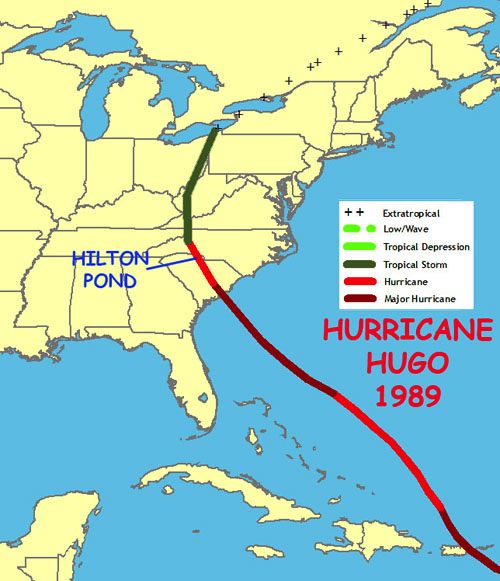
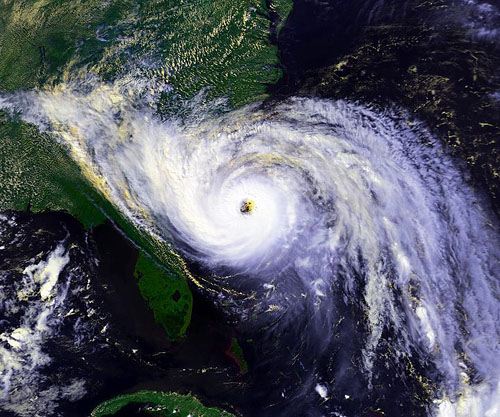
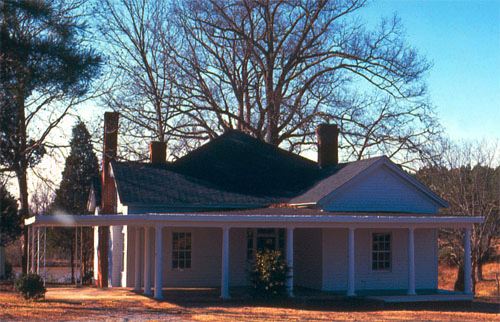
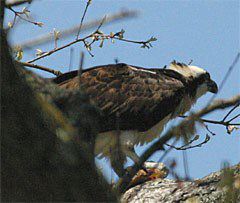 and a nearby pine used last spring by fish-catching Ospreys (left) was flat on the ground. When we discovered several mist nets we use to catch wild birds were demolished we realized it would take considerable time and elbow grease to get things back in order for the Center's long-term bird banding study.
and a nearby pine used last spring by fish-catching Ospreys (left) was flat on the ground. When we discovered several mist nets we use to catch wild birds were demolished we realized it would take considerable time and elbow grease to get things back in order for the Center's long-term bird banding study.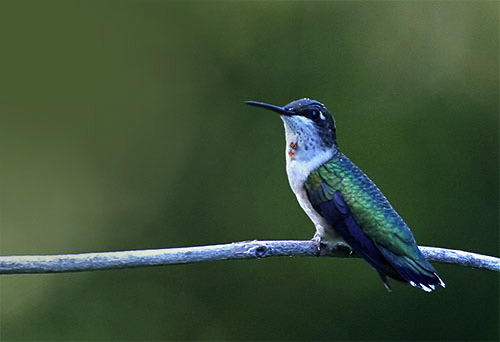
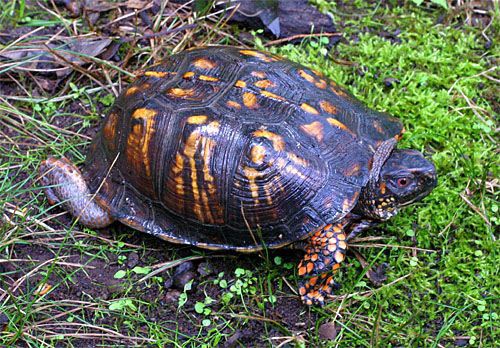
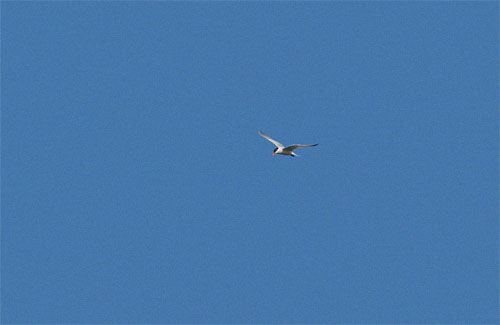
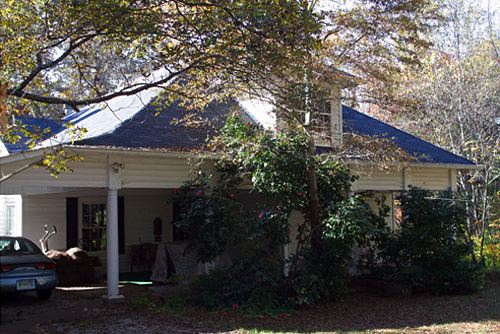
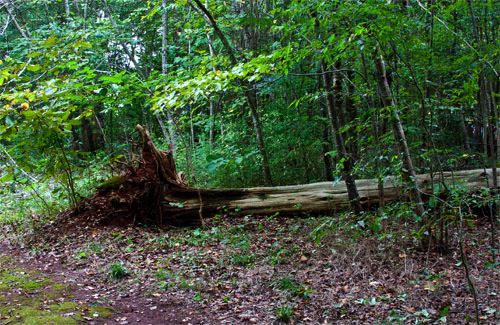
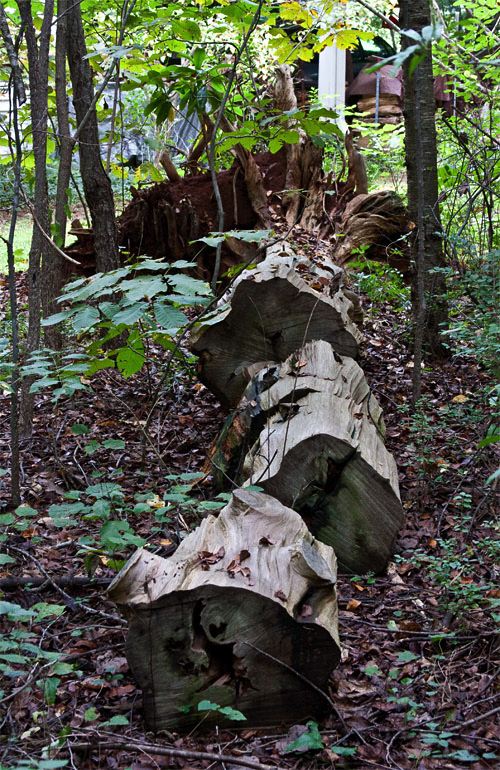
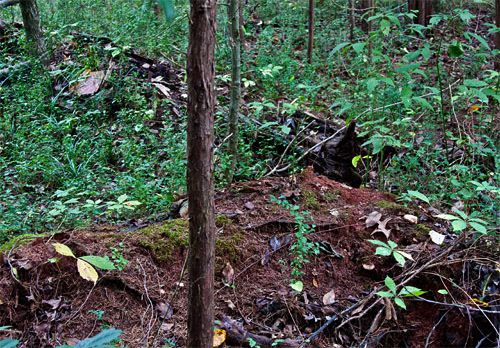
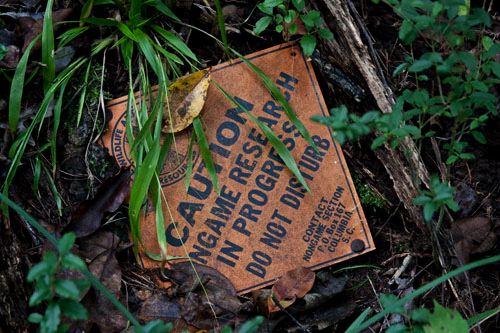
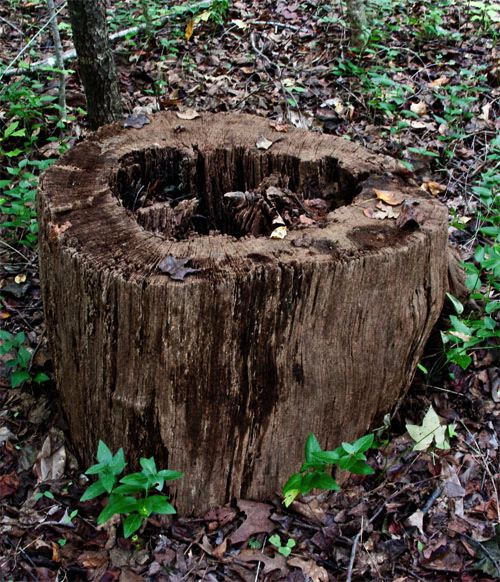
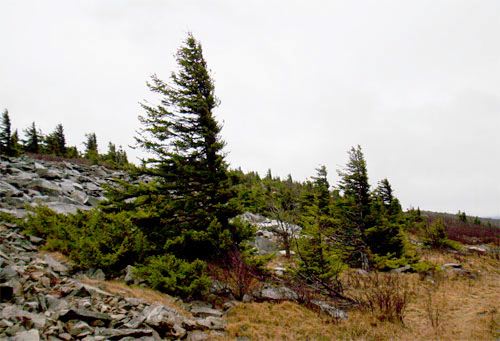



 Please report your
Please report your